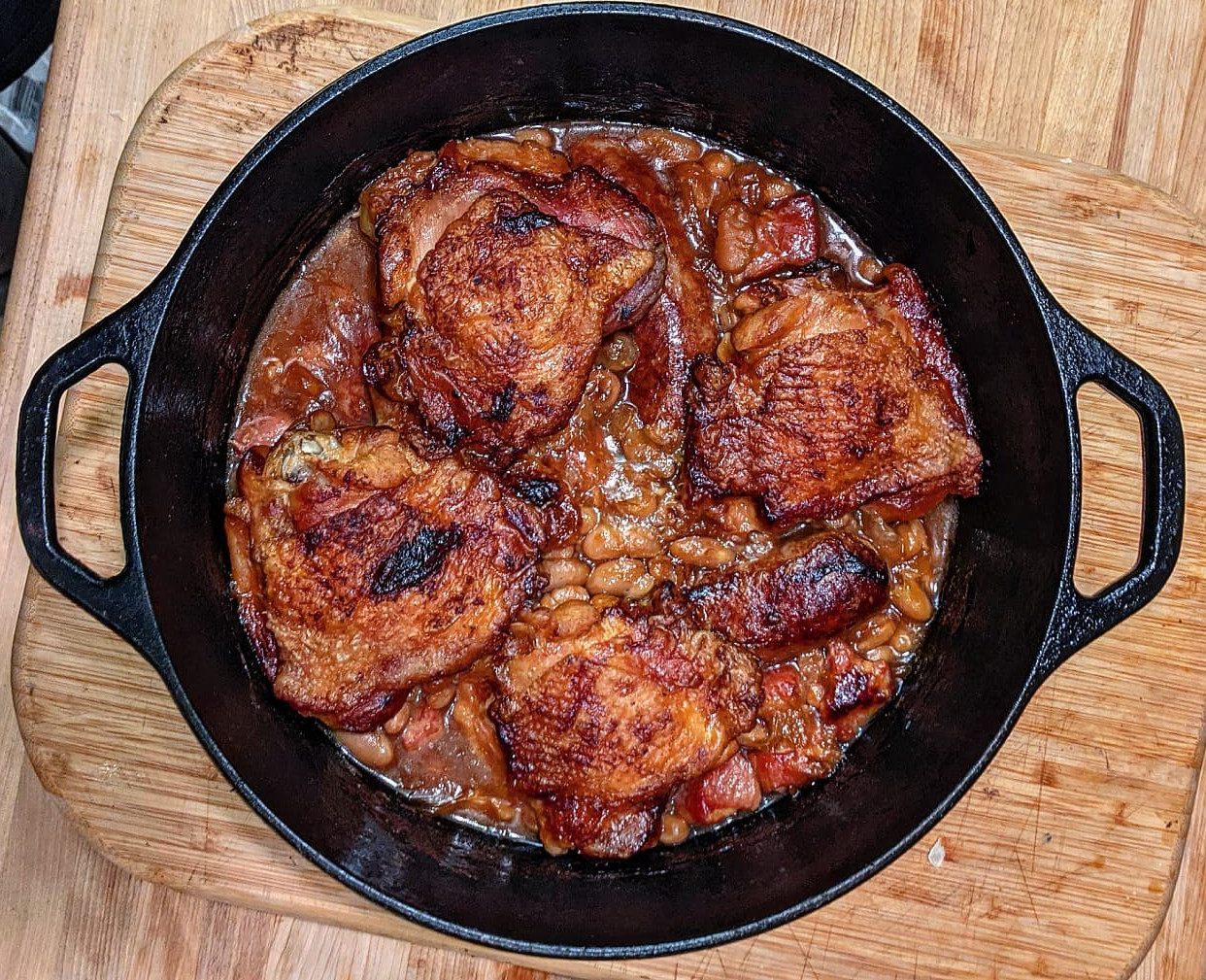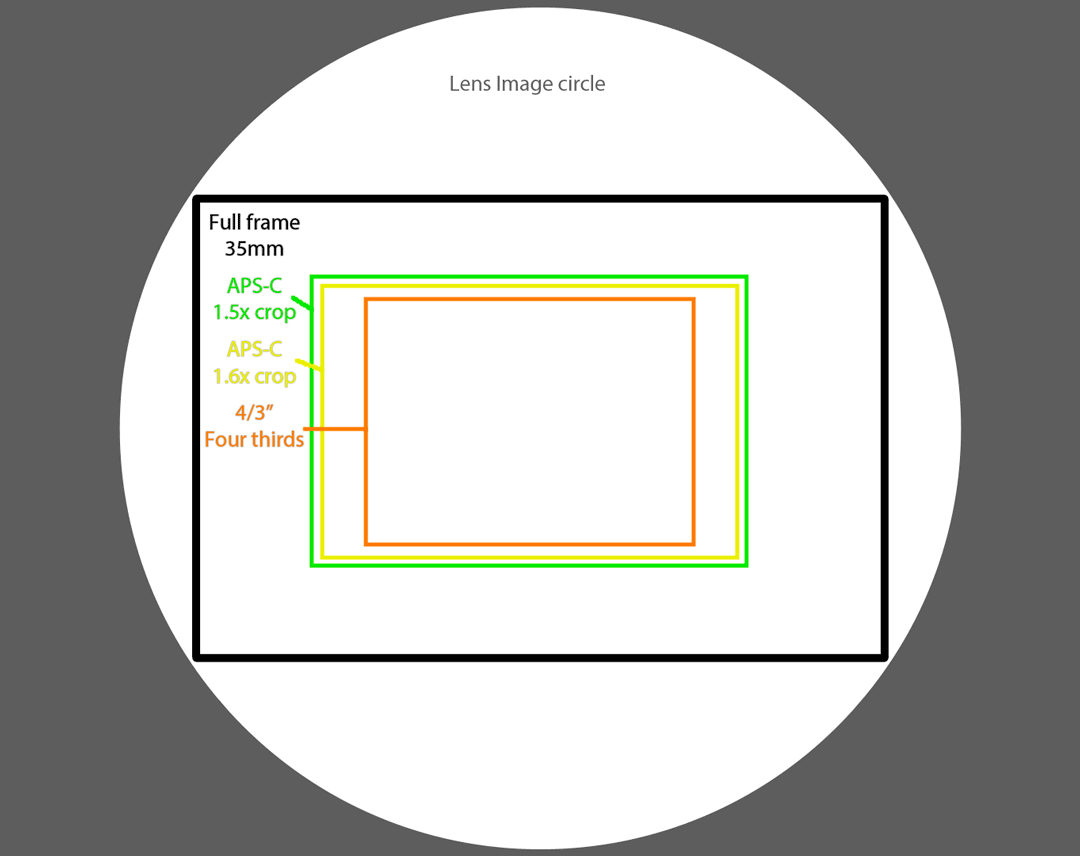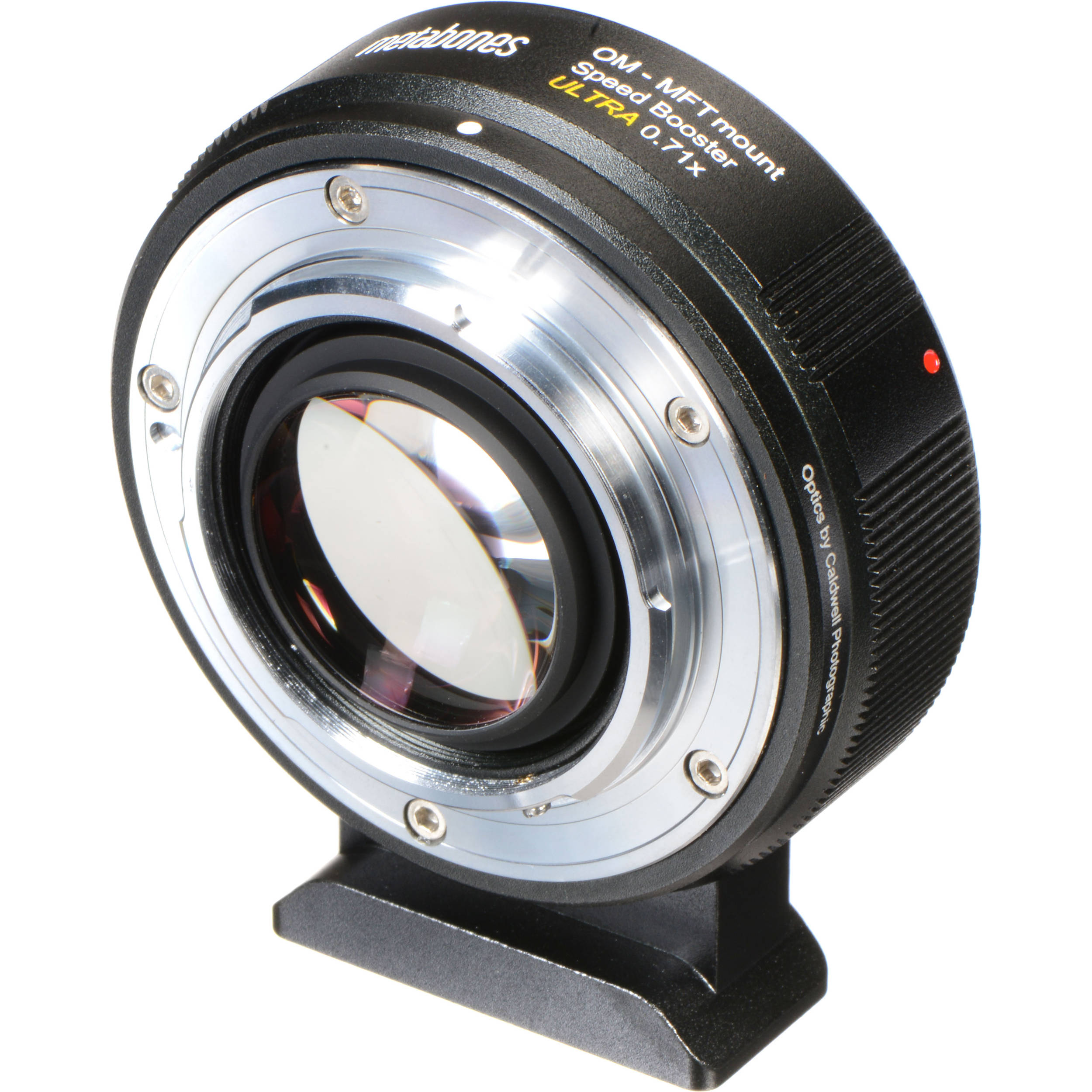braising
03 Feb 2022
Over the years, I’ve come to appreciate the subtleties of braising, but I frequently run across people who are confused about what, exactly, braising is – and for many years, so was I. What is the common description of braising? “meat cooked slow in liquid”. But what does that mean? Is cooking meat in liquid slow in a pot on the oven braising? (spoiler: no) Is slow-cooking meat in liquid in a pot in the oven braising? (spoiler: also no, mostly). A quick explanation of my understanding of what braising is, why you should do it, and how it’s superior to some other methods. If you want the quick tl;dr: braising is only braising when there’s convection involved. Explanation below:
First, a brief overview of heat transfer. There are three main methods of heat transfer: conduction, radiation, and convection. (There’s also advection but that is not relevant here.) When you put a pan on a hot electric burner, that’s conduction. When you put a piece of bread in a toaster, that’s (mostly) radiation. When you put a pot in a hot oven, that’s (mostly) convection. Radiation happens in a hot oven somewhat, but for the purposes of this discussion, we can ignore it.
Let’s talk about the effects of conduction and convection at play in the context of a pot of liquid and meat.
If you put such a pot on an electric burner, you have heat transfer of:
electric coil (by way of conduction) ->
metal pot (by way of conduction) ->
liquid -> (by way of conduction not convection, since the fluid is not moving much) ->
meat
If you put such a pot into a hot oven, you have heat transfer of:
electric coils (by way of conduction) ->
air (by way of convection) ->
metal pot (by way of conduction) ->
liquid (by way of conduction) ->
meat
So, in the context of cooking a pot of liquid and meat on a stovetop burner with the lid on, the heat comes mostly from the bottom and heats everything up, and whatever air is in the pot is not doing much, and most moisture is retained. If you take the lid off, evaporation will happen slowly, reducing the liquid. This is not braising (no convection).
If you take that same pot and put it in a hot oven with a lid on, we’re getting closer to braising, because in a hot oven we have the forces of convection in play (will explain why this is important momentarily). The pot itself is being heated by all sides by convection in the oven, and there’s some convection happening with the air inside the pot. But there are a few nuances before we get to Actual Braising:
- You often hear that when braising, the meat should only be partially submerged in the liquid, whereas if it were totally submerged you’re essentially just boiling/simmering it. Why does this matter? The Maillard Reaction. Convection via the air induces the maillard effect on the surface exposed to the hot air. Sure, you could crank the temperature up, but then you’d lose the effects of slow-cooking your meat for the purposes of rendering fat and connective tissue. (Note: there’s a common myth that maillard reaction only happens at high temp – that’s not true, it just happens faster.) You want your meat itself to be exposed to hot circulating air. So, in short, if the meat is not exposed and being vigorously heated by convection, it isn’t braising.
- The choice of pot matters. You can use any old pot and it’ll be Okay, but the dutch oven or a braiser is a common choice for a reason: they have much higher thermal mass for heat retention, meaning that you get a lot of heat getting piped in, both via conduction from the bottom/sides and convection via the air on top. (This heat retention is also important for searing, sauteeing, deglazing, etc, which is often a preliminary step to braising.)
- It’s often advisable to crack the lid, because then you still get the convection happening, but also evaporation can help reduce the liquid (with added help from the convection).
Cassoulet is a great example that demonstrates the utility of this effect – traditional cassoulet is made in a pot with a very wide top, maximizing the surface area to circulating air in the oven, so that the liquid slowly reduces and forms a film of collagen and maillard-browned beans/meat, and you occasionally break this film so more liquid pools on top and this process repeats until you have an incredibly silky/rich liquid.
In short, this is why e.g. beef stew made in a crockpot/pressure cooker or on a stovetop will simply never be as good as slow braised beef stew. (It’s totally understandable to take shortcuts for convenience, I get it.)
I wrote this up because I could have sworn seriouseats had a comprehensive article on this very thing. I surely didn’t get it as right as they would have (or maybe did), but they have a few articles I drew from that touch on these topics, albeitly obliquely:
- Stew Science: What’s the Best Way to Brown Beef?
- The Science of Heat vs. Temperature
- How Much Liquid Should I Use When Braising?
- Why You Shouldn’t Buy a Slow Cooker
Happy braising!




